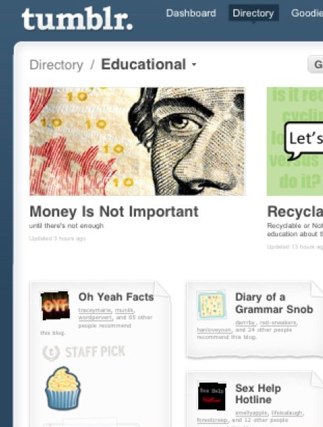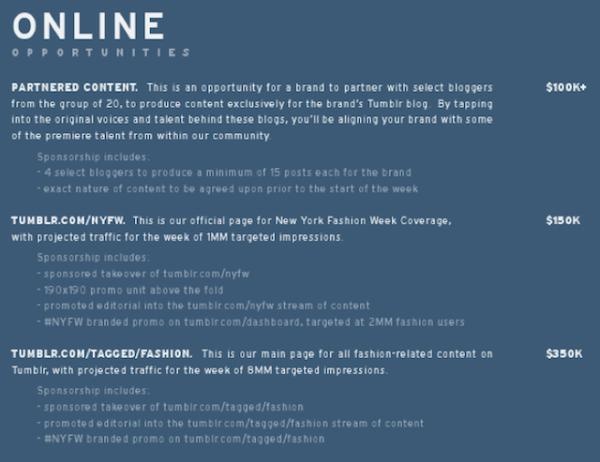What if there were a way to combine the visual interest of Pinterest with the blogging simplicity of Tumblr?
This past week Biz Stone and Evan Williams, co-founders of Twitter, did just that when they launched the new site Medium.com.
What Is Medium.com?
From the creators:
“Media is still the “connective tissue of society,” as Clay Shirky eloquently put it. And we think it can be better. Better for creators. Better for consumers. Better for the world. So, we’re re-imagining publishing in an attempt to make an evolutionary leap, based on everything we’ve learned in the last 13 years and the needs of today’s world.”
My own take on Medium is that its a faster, sleeker social media platform for those who appreciate design over writing copy.
Why Would I Use Medium?
Though the ability to post onto Medium is not yet open to everyone, the draw to incorporate Medium into your social media consumption and production is two fold:
1. You don’t have to become a blogger to use it (read: no writing).
2. You don’t have to develop an audience.
For some, those are two major selling points that other social media platforms don’t offer.
Take it For a Spin
Admission: I was a bit skeptical. Another social media site? Really?
And as the saying goes: don’t knock it ’til you try it.
So I jumped onto Medium.com and read this page. I found myself saying yes a lot while reading more and more about why Stone and Williams founded the new scocial media site.
Initially, many users who feel that Pinterest is just for recipes and fashion will enjoy Medium’s Pinterest-esque feel with it’s broader scope of topics and interests. Many Tumblr users who don’t want to take the time to write copy will also be drawn to the layout and simplicity of Medium.
I particularly enjoyed a sample page called Been There. Loved That.
Have you tried Medium? If so, leave a comment and let us know what you think!





